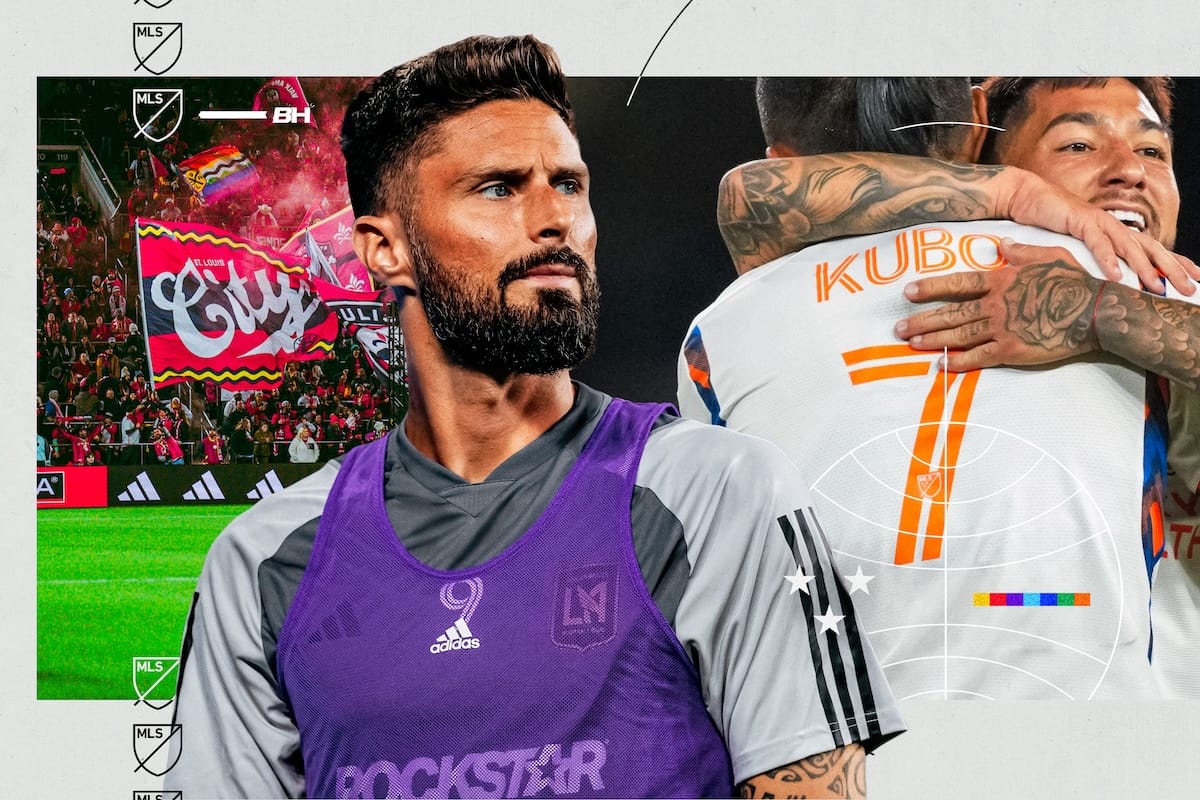Transfer windows do more than just tell us how teams have tried to chop and change ahead of a key stretch of the season. They also reveal something more about broader, meaningful team and league-wide trends.
Years ago now, Alphonso Davies and Miguel Almiron heading to Europe for big-money transfer fees changed things for their clubs and helped establish MLS as a legitimate player in the global market. Joseph Paintsil and Hugo Cuypers joining from the Belgian top-flight during the most recent winter window served as a reminder of the growing connection between MLS and Belgium.
And Lionel Messi’s arrival in Miami? Sure, that put Inter Miami on track to win trophies, but it also cleared a path for the club to sign and develop top South American youngsters.
This year’s MLS secondary transfer window closed last week. Hidden beneath scores of player transactions lie a set of telling themes that will help define the rest of the year in MLS — and the years to come.
Here are a few of the most seismic storylines from the summer transfer window.

A new demographic of outbound players
Traditionally, there have been two secrets for MLS players to earn a move to a higher-level European club.
First, be really good at soccer. Second, be really young. Coming into this summer transfer window, 14 of the 17 most expensive MLS-to-Europe transfers involved players aged 23 or younger, according to Transfermarkt. Really, it looks more like 15 of 17 when you factor in Taty Castellanos’ loan move from NYCFC to Girona before Lazio paid New York City for his services.
European clubs obviously aren’t opposed to signing high-level players closer to a prime age. But there simply haven’t been many players in MLS history in the 24-28 age range who are skilled enough to contribute at a good club in a top league. Those players typically start in Europe and stay in Europe, start outside of the U.S. and move to Europe, or start in the U.S. and move to Europe before their primes.
See, now we’re back to that 15 of 17 number again.







